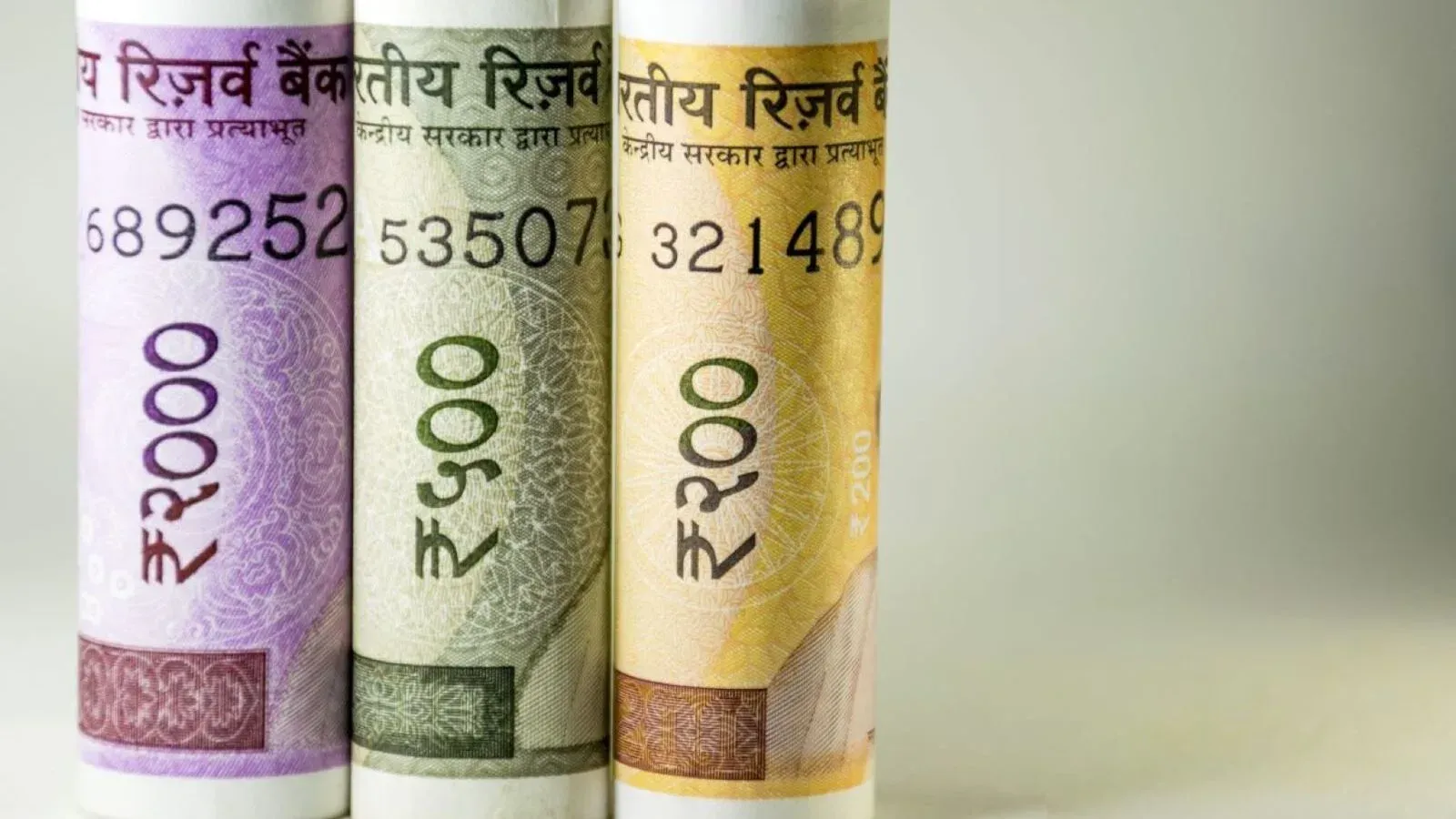Personal Finance News
8th Pay Commission: Salary structure can become more attractive. Two reasons and a 7th CPC insight
.png)
4 min read | Updated on October 30, 2025, 18:57 IST
SUMMARY
8th Pay Commission salary structure expectations: Despite the restrictions set by the Government at the onset of the 7th Pay Commission, the 7th CPC delivered a significant hike in salaries at a fitment factor of 2.57, which increased the minimum salary from ₹7000 to ₹18,000

7th CPC recommended a significant hike in salaries at a fitment factor of 2.57. | Image source: Shutterstock
First, all the past pay commissions have improved upon the salary structure recommended by their predecessors. So it is logical to assume that the 8th CPC will also follow this norm.
Second, it's not new for the government to ask a pay commission to keep in view fiscal prudence and overall developmental and welfare expenditures while framing its recommendations.
The 7th Pay Commission was also asked to keep in view the following points while framing its recommendations:
-
The economic conditions in the country and the need for fiscal prudence;
-
The need to ensure that adequate resources are available for development expenditures and welfare measures;
-
The likely impact of the recommendations on the finances of the State Governments, which usually adopt the recommendations with some modifications.
Despite the restrictions set by the Government at the onset of the 7th Pay Commission, the 7th CPC delivered a significant hike in salaries at a fitment factor of 2.57, which increased the minimum salary from ₹7000 to ₹18,000. The real pay hike, after taking inflation into account, was also 14% across various levels under the 7th Pay Commission.
Insight from 7th CPC
The 7th CPC noted the challenge before it, saying, "The real challenge before this Commission is to provide a pay structure which is competitive yet affordable, attractive yet acceptable, forward looking yet adaptable, simple yet rational, and one which matches with the current socio-economic and political conditions as well as the changing perception of the overall administrative machinery and the public governance system."
However, it adopted an innovative design to make the salary structure attractive.
"It has adopted the need-based minimum wage formula for designing the pay matrix. The rationalisation of pay levels has been done keeping this minimum pay as the base for all calculations," 7th CPC said in its report.
The 7th CPC recommended that the minimum pay at each level will be the entry pay for direct recruits for those levels. Each level was placed equidistantly.
"The various stages within a level moves upwards at the rate of 3 percent per annum. Owing to this rationalisation, the quantum of increase in pay on promotion, either on regular basis or through the MACP, is likely to be substantial. This design will make the existing remuneration pattern in the government more attractive," it said.
To further address the need for better remuneration based on qualification and skill set required for various roles and responsibilities, it applied a rationalisation index to the fitment factor.
"There is uniformity in fixation of pay whether at entry level or on promotion or at the time of migrating from one pay regime to another. The new pay structure will bring out clearly what the total emoluments will be at a given point in time during one’s career span. The rate of pay progression will also be stated upfront for existing as well as new entrants," 7th CPC said.
Related News
By signing up you agree to Upstox’s Terms & Conditions
About The Author
Next Story




